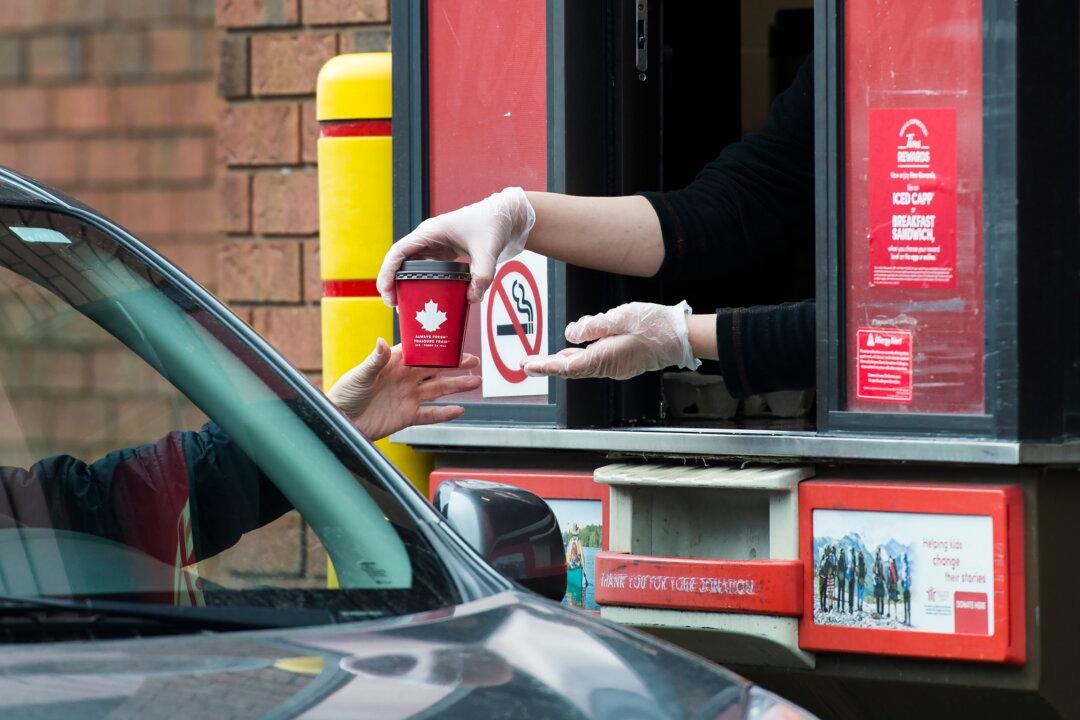Federal spending on benefits for eligible families with children through the Canada Child Benefit (CCB) increased by 68.5 percent in five years and was financed entirely by borrowing, says a new essay from the Fraser Institute public policy think tank.
The essay looked at the fiscal years from 2014/15 to 2019/20 to examine the extent to which current versus future taxes are being used to finance the expanded CCB.




